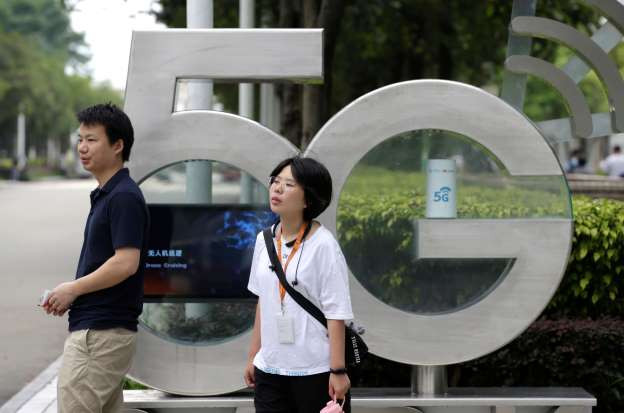China's first 5G Broadcast was courtesy of China Mobile with telecoms vendor ZTE when they streamed the 2nd National Youth Games of China from Taiyuan in Shanxi.
IPTV (Internet-based Protocol Television) subscribers of the Shanxi Branch of China Mobile saw real-time multi-angles of the sporting event at high-definition and got a personalized game watching experience.
The broadcast not only has multi-angles views but also a free-viewpoint and flexible zooming.
To cover different places, including the main stadium, the 5G Broadcast used ZTE's Digital Intelligent Indoor System 5G QCell solution.
To reduce latency to less than a second over IPTV, the broadcast made use of technologies like low latency coding and MEC (multi-access edge computing).
This broadcast is part of ZTE's cooperation agreement in May with the Sports Bureau of Shanxi Province, Shanxi Branch of China Mobile and Shanxi Radio and Television Station.
The agreement came just in time when worldwide 5G Broadcast trials are growing.
A 5G Broadcast is one of the pillars of the 5G era that offers enhanced mobile experience and unlimited media access.
The Academy of Broadcasting Science (ABS) and China Broadcasting Network Co. Ltd. (CBN) will do a 5G Broadcast trial in Beijing scheduled for airing on August 2019 ahead of the Beijing International Radio, TV & Film Exhibition (BIRTV) on August 20-24.
This 5G Broadcast trial is part of the plan of both of ABS and CBN that includes the 5G Broadcast of the 2022 Winter Olympic Games in Beijing followed by a further national expansion by 2025.
These two public institutions will have three stations running in a single high frequency via transmitters provided by international electronics group, Rhode and Schwarz (R&S).
CBN got a commercial 5G license of 4.GHz with 50 MHz band in June 2019 with a trial of Further evolved Multimedia Broadcast Multicast Service (FeMBMS) as the next expected step.
This Beijing 5G Trial will have three stations in a single-frequency network and a FeMBMS and High Tower High Power concept.
Transmitters by R&S with 1kW output will work at a central frequency of 754 MHz with 5 MHz bandwidth (later on becoming 10 MHz).
A software-defined radio receiver developed by Technische Universitaet Braunschweig, Germany, and a Kathrein signal analyzer is part of the trial package.
All of these will help with tests for network coverage, application possibilities, field strength propagation, mobility reception and interworking with LTE (long-term evolution) unicast network.
This trial will have R& S showing their experience in the 5G project in Bavaria that has been airing since December 2018.
R& S said that Beijing's 5G Broadcast trial, because of the great size of the potential market, will have an important influence on chipset and handset manufacturing guaranteeing China in becoming a force in the new broadcasting technology.






